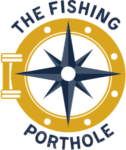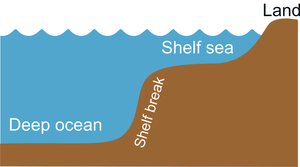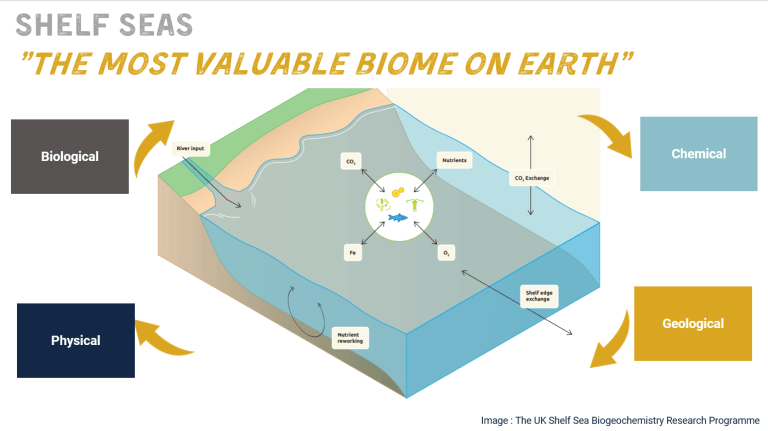A deep dive into shelf seas
Shelf seas are extremely valuable in terms of their biodiversity, capacity for carbon cycling & storage, ability to recycle nutrients and eliminate wastes and toxins, availability for recreation and leisure activities, and potential for renewable energy.



